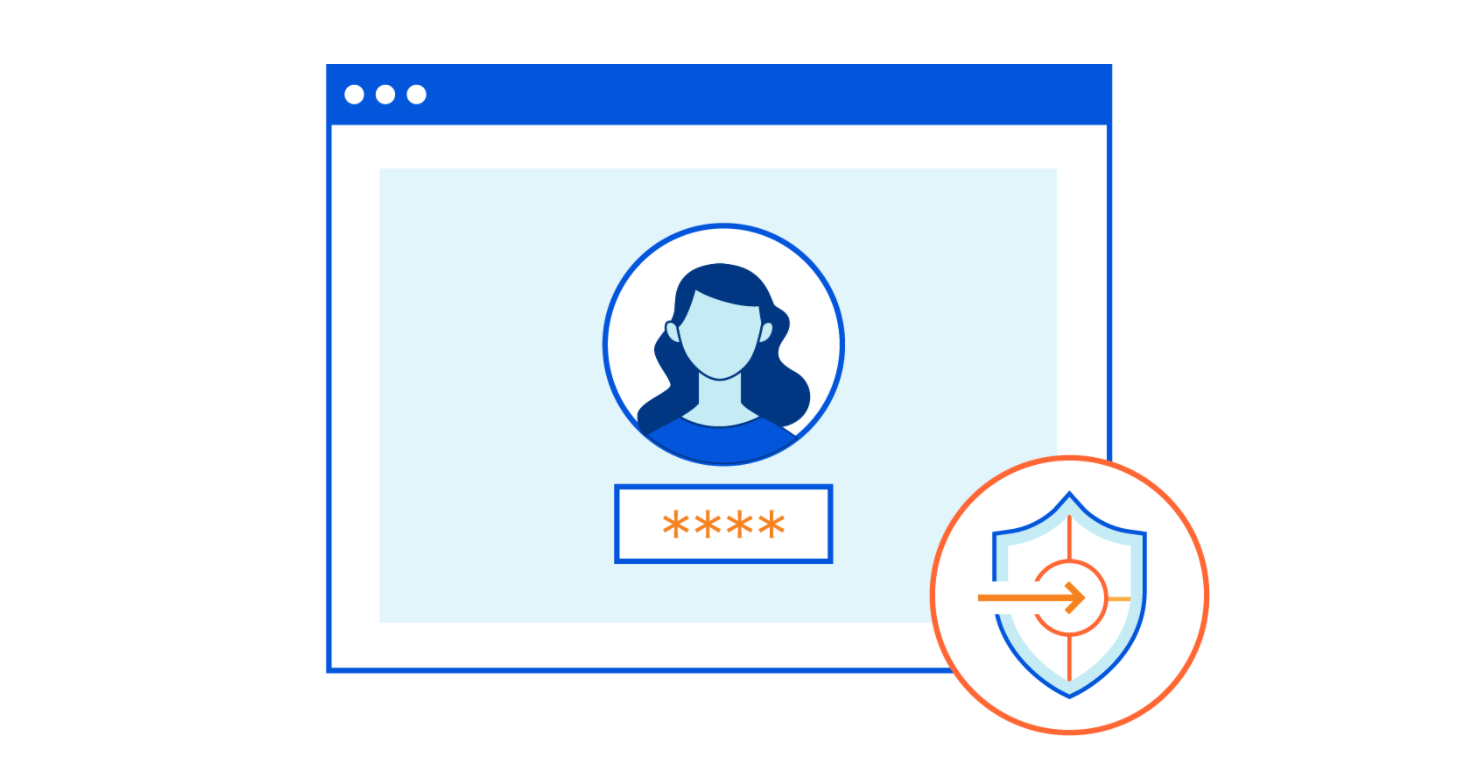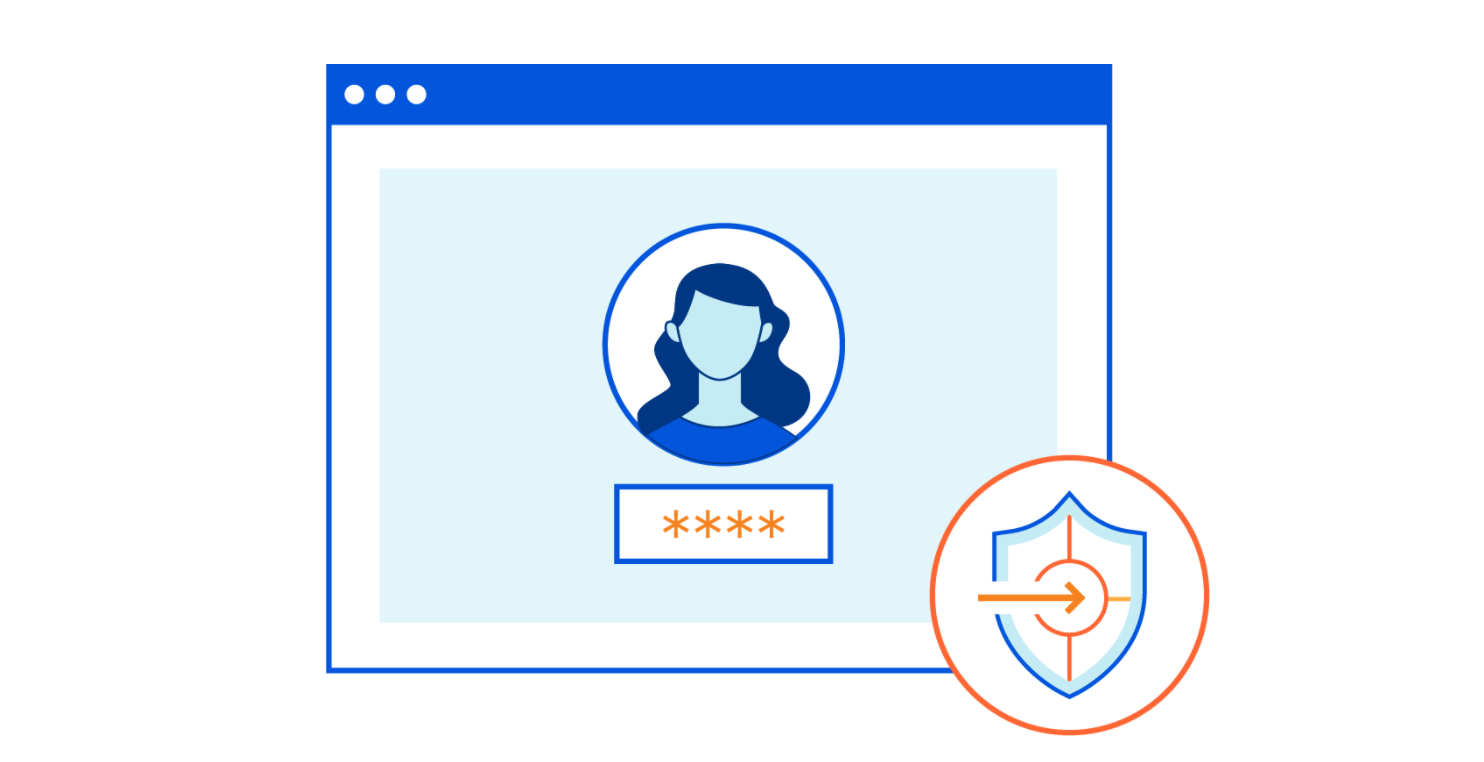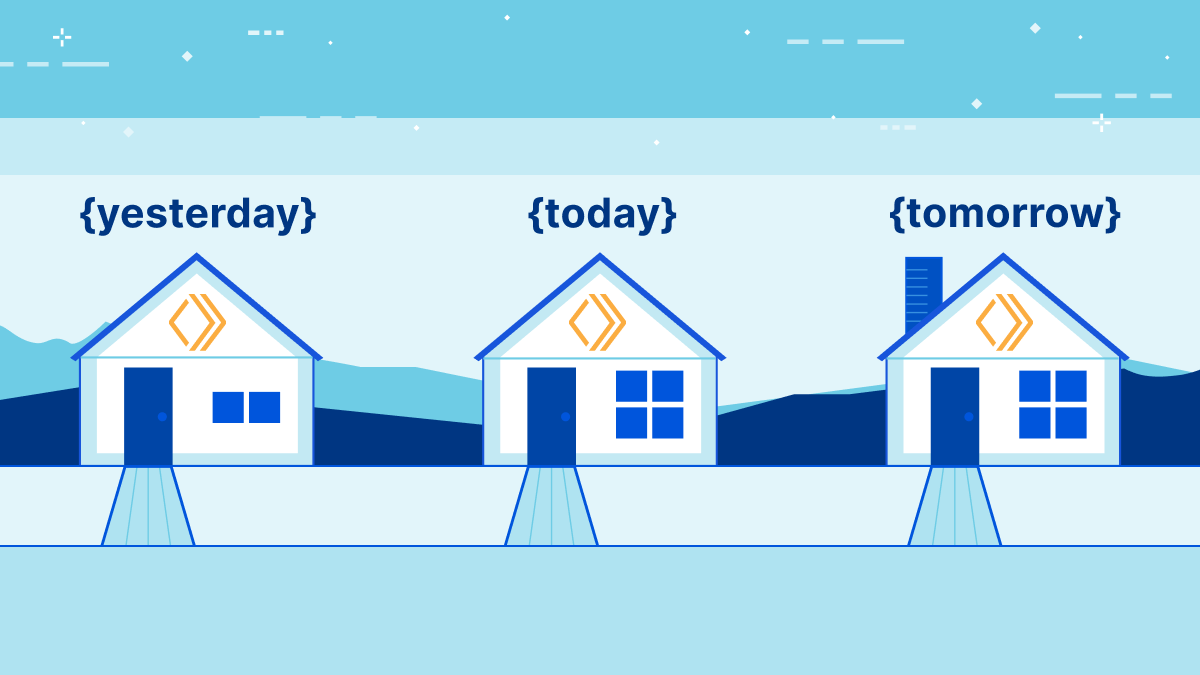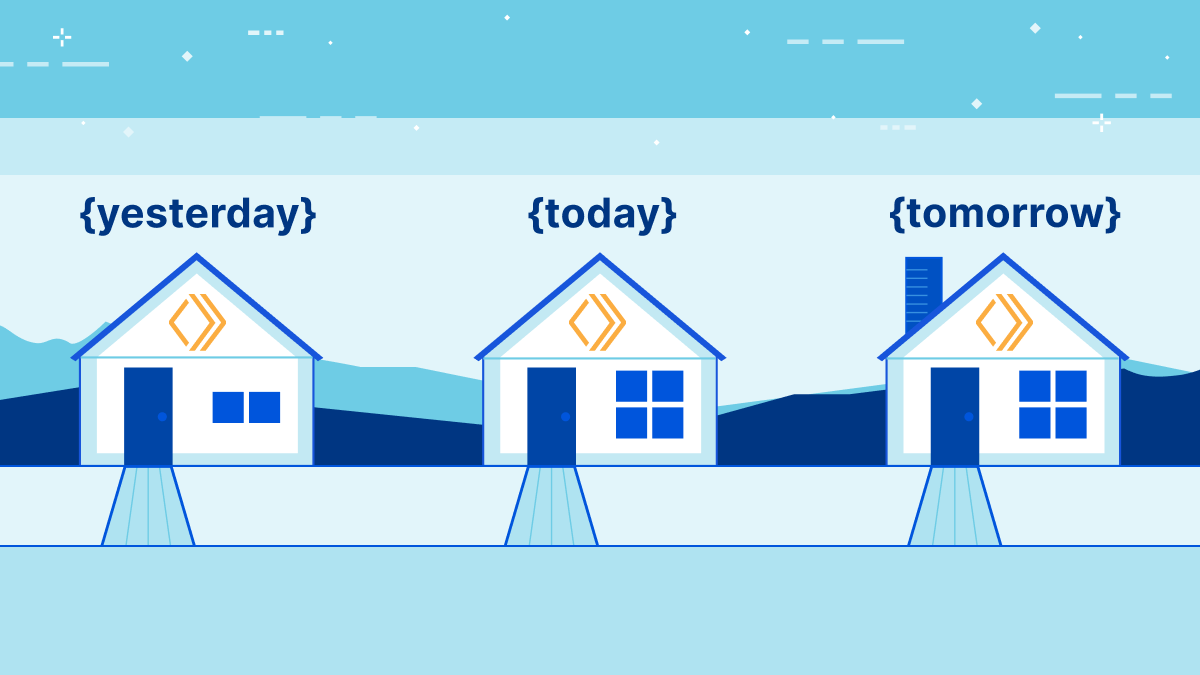Do We Need Multiple Global IPv6 Addresses Per Interface (RFC 7934)
I was happily munching popcorn while watching the latest season of Lack of DHCPv6 on Android soap opera on v6ops mailing list when one of the lead actors trying to justify the current state of affairs with a technical argument quoted an RFC to prove his rightful indignation with DHCPv6 and the decision not to implement it in Android:
[…not having multiple IPv6 addresses per interface…] is also harmful for a variety of reasons, and for general purpose devices, it’s not recommended by the IETF. That’s exactly what RFC 7934 is about - explaining why it’s harmful.




